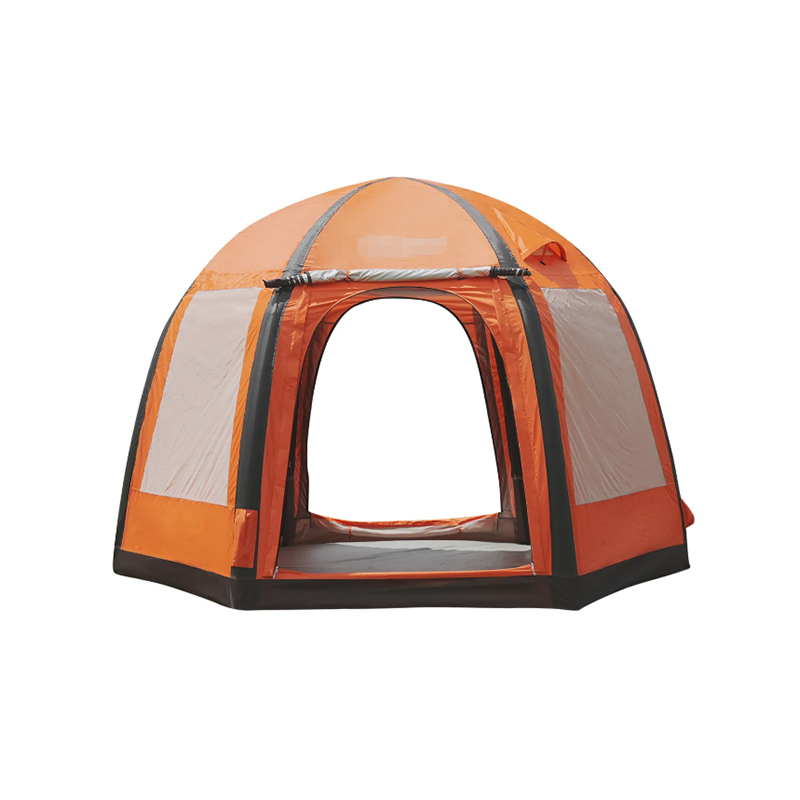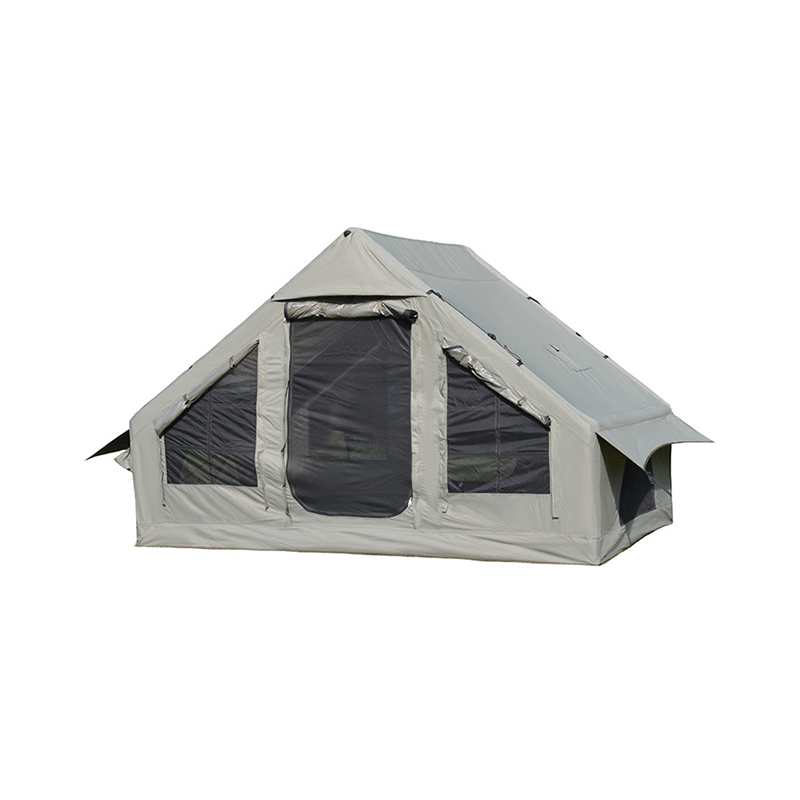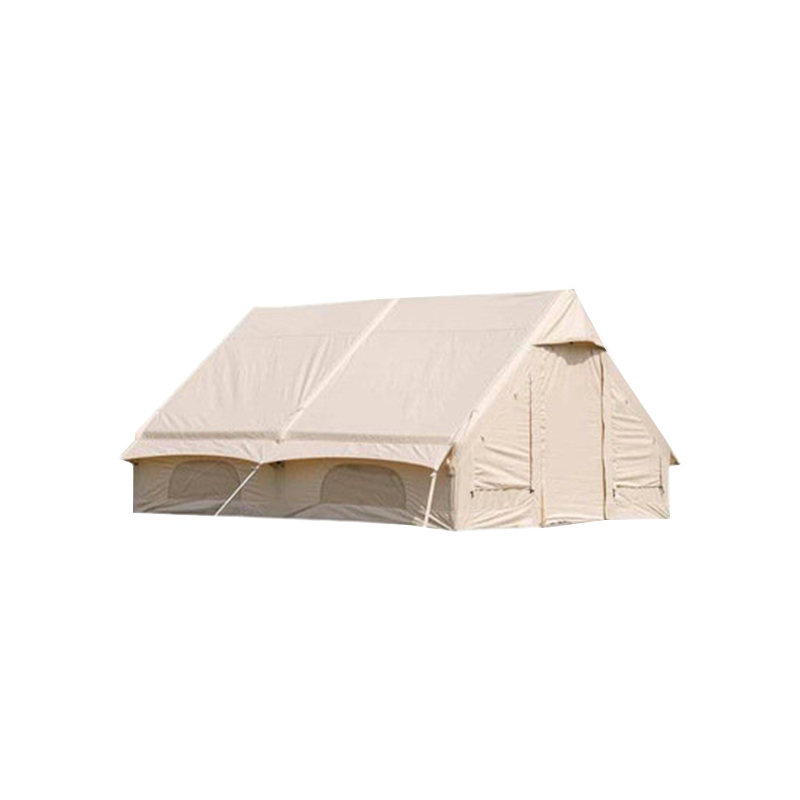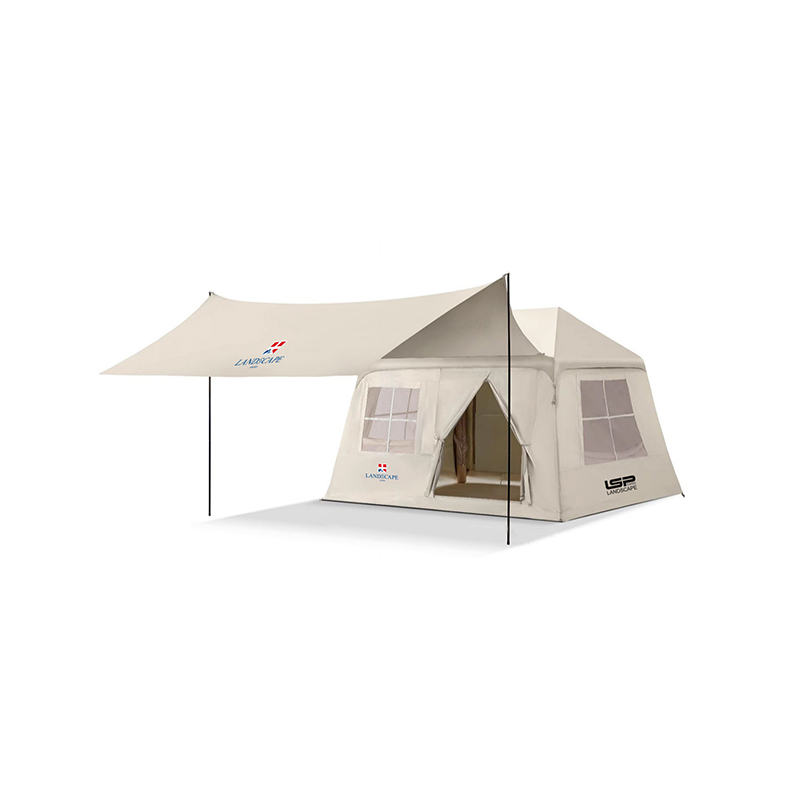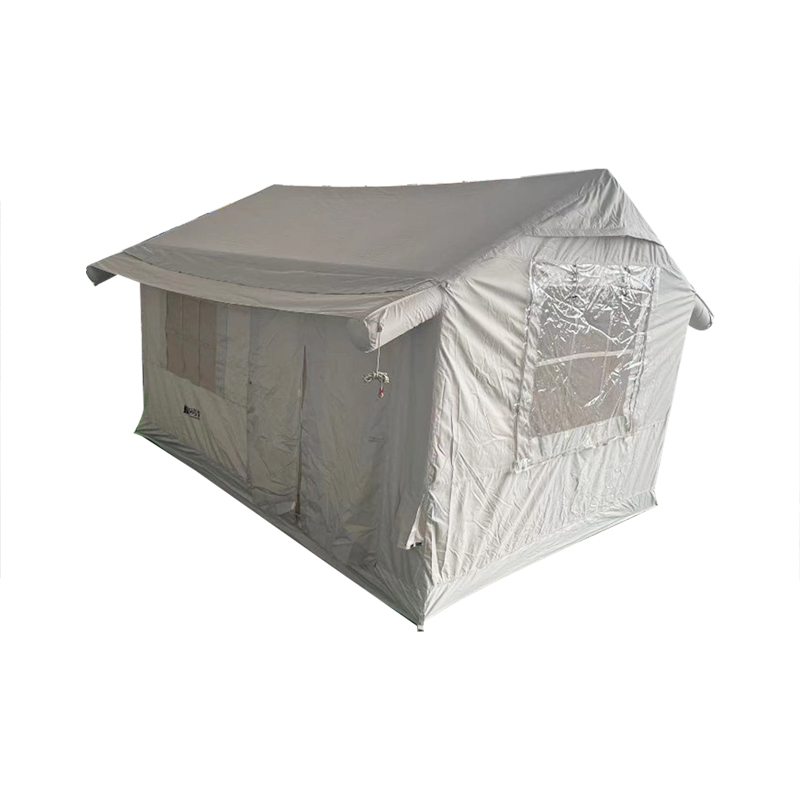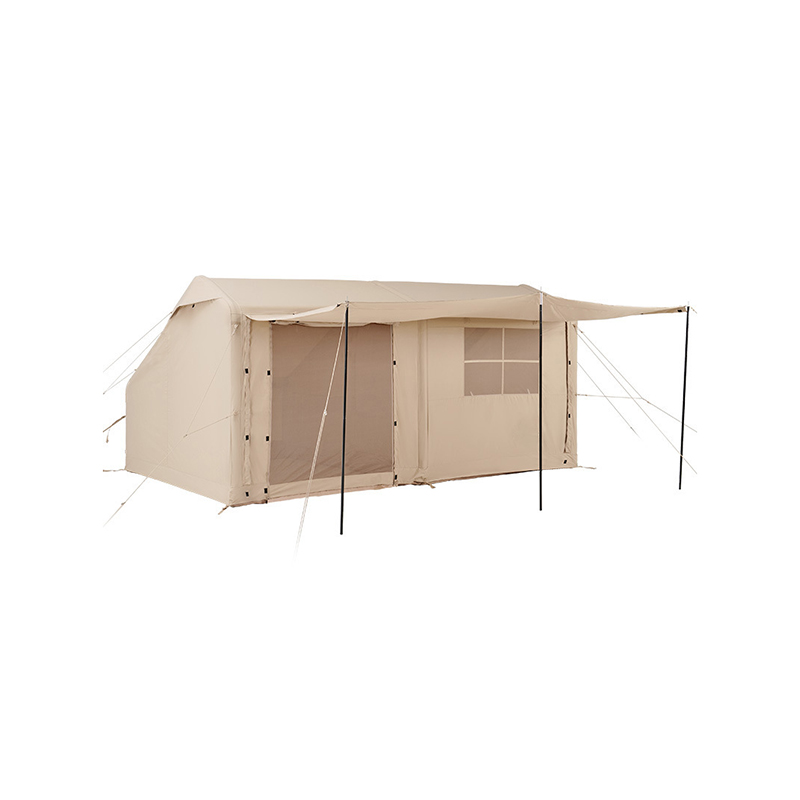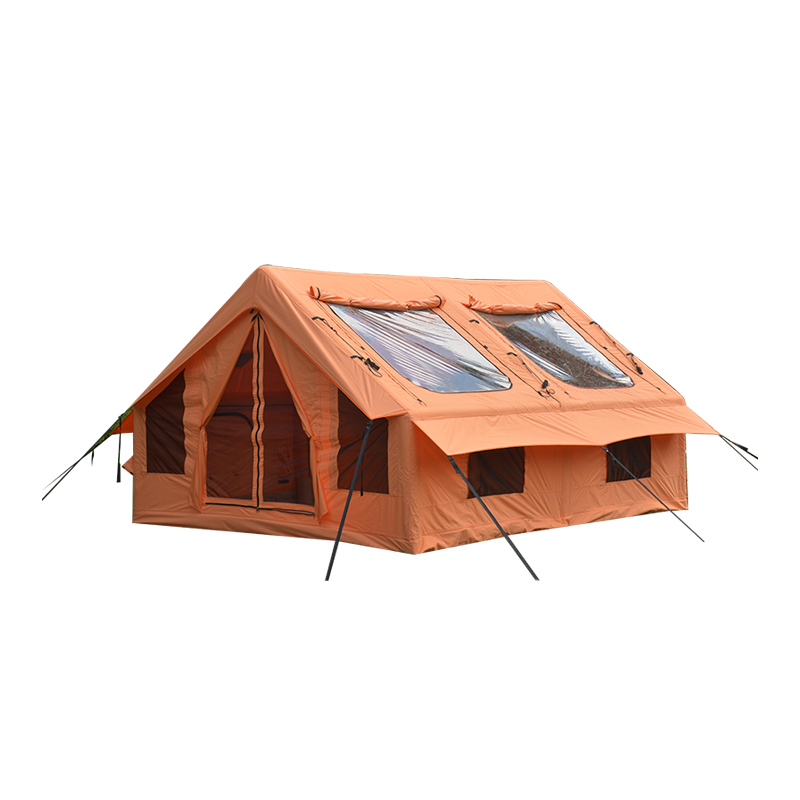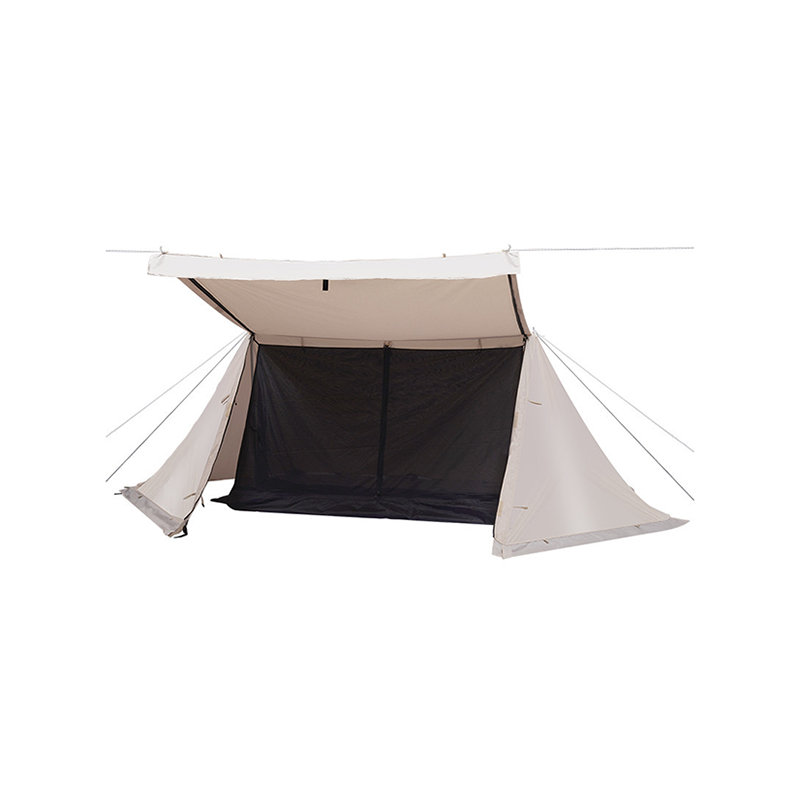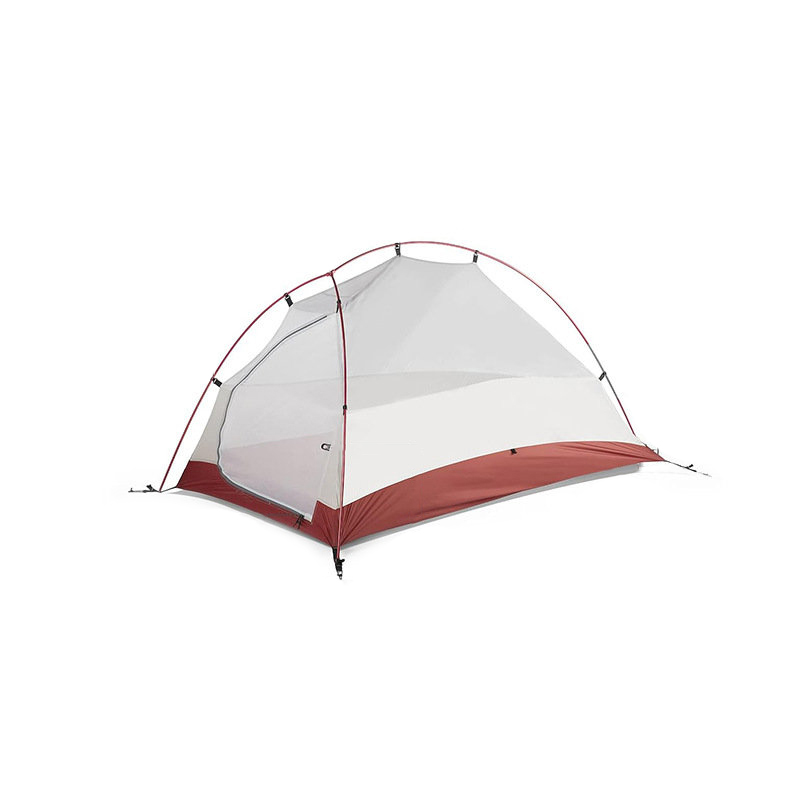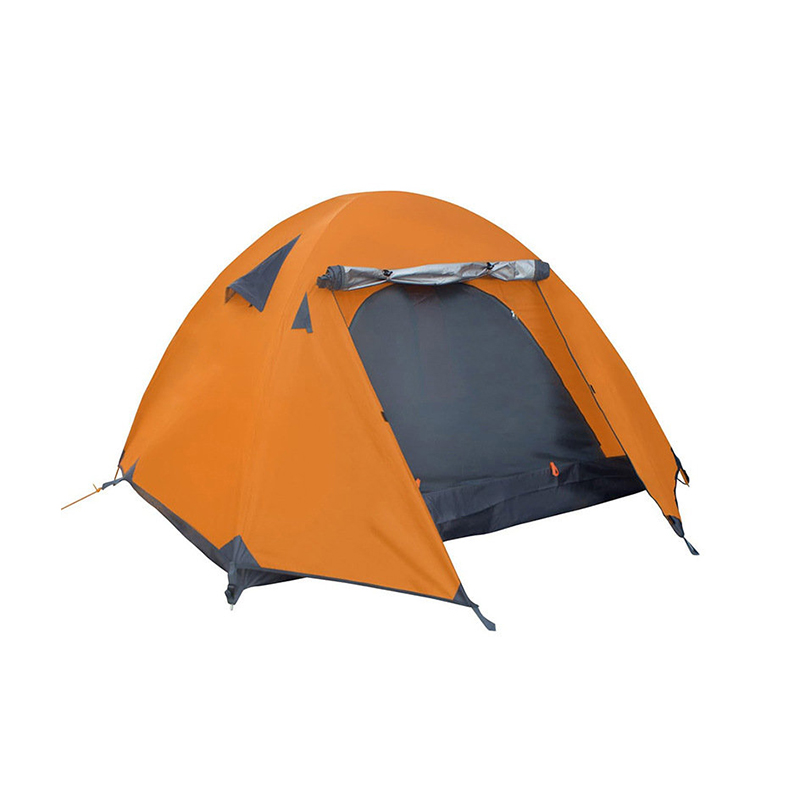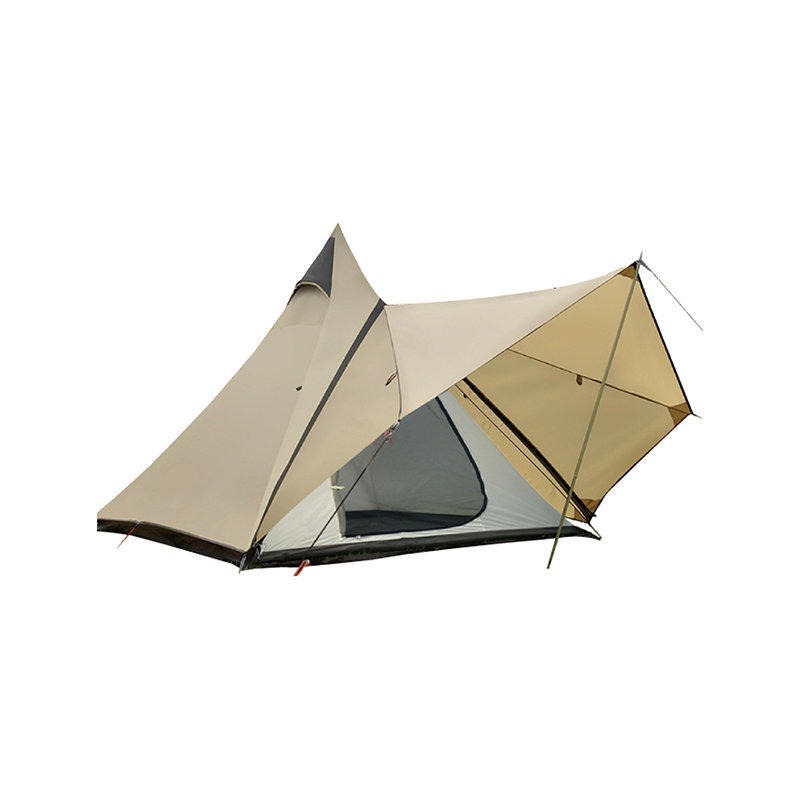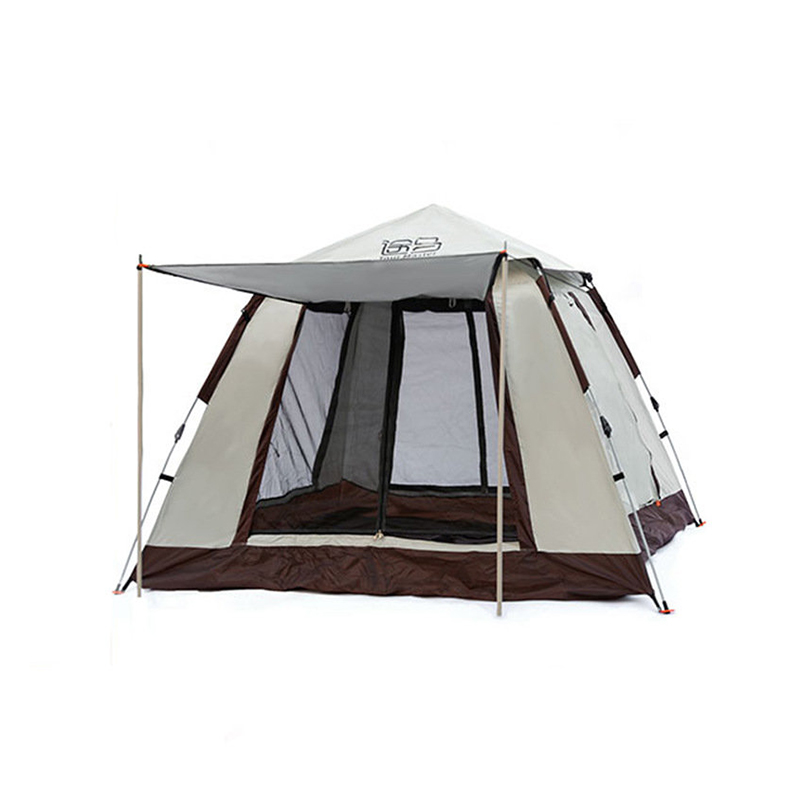One of the primary ways the Quick-Set Camping Tent tackles condensation is through its specialized ventilation system. This system typically features strategically placed mesh panels and adjustable vents, which facilitate a consistent flow of air throughout the tent. These vents are designed to reduce the build-up of warm, moist air that naturally accumulates inside tents, particularly during the night when temperatures drop and humidity rises. The mesh panels also allow for airflow while keeping insects and debris out, which is crucial in preventing the condensation process. In colder or humid conditions, this circulation is vital because it helps the tent maintain a relative balance between the internal temperature and humidity, ensuring moisture doesn’t condense on the inner fabric.
The Quick-Set Camping Tent utilizes a combination of high-performance waterproof materials for the outer layers and breathable fabrics for the inner tent. These materials are specifically selected to balance moisture management and weather resistance. The outer layers, which may be made from polyester or nylon, are coated with waterproof treatments such as polyurethane (PU) or silicone to prevent rain from penetrating. Simultaneously, the inner layers are designed to be breathable, allowing moisture vapor generated by your breath, sweat, or body heat to escape, while blocking external water from entering. This breathable design is essential in humid conditions because it helps the tent expel excess moisture and prevents it from being trapped inside. In colder temperatures, this balance of materials prevents the formation of frost or condensation on the inner walls, keeping the interior dry and comfortable for sleeping.
The rainfly is an essential component in managing condensation within the Quick-Set Camping Tent. A well-designed rainfly doesn’t just offer protection from rain—it also creates a gap between the inner tent and the outer shell. This gap serves as an insulating buffer that allows for air circulation, helping to reduce the internal temperature and moisture levels. In many Quick-Set Camping Tents, the rainfly is designed with an overhang or vestibule area that extends the coverage, ensuring that rainwater doesn’t drip into the tent’s entrance or sides, which could contribute to internal humidity. Some rainflies have features like ventilation openings or mesh windows that further enhance airflow. By facilitating air movement between the tent's interior and exterior, the rainfly plays a significant role in preventing moisture accumulation from external rain or dew, especially in conditions with high humidity or during periods of heavy rainfall.
Insulation plays a key role in preventing condensation in both warm and cold environments. Some models of the Quick-Set Camping Tent feature extra layers or coatings designed to trap heat inside while also allowing moisture to escape. These additional layers include thermal or reflective materials that help to stabilize the interior temperature, preventing drastic temperature differences between the inside and outside. In colder temperatures, condensation occurs when warm air from inside the tent meets the cold fabric of the tent’s walls, leading to moisture buildup. Insulated tents reduce this temperature disparity, making it less likely for condensation to form.
The size of the Quick-Set Camping Tent can have a significant impact on how condensation is managed. Smaller tents naturally warm up more quickly because they have less internal volume, but this can also lead to faster condensation if ventilation is insufficient. Condensation will concentrate more in these smaller spaces as warm, moist air is trapped inside. Larger tents, by contrast, tend to have more airflow, which can help dissipate moisture and reduce condensation. However, larger tents may take longer to warm up on cold nights, and it’s important to ensure that all vents and mesh windows are open to facilitate proper air circulation. In colder conditions, larger tents can create a greater temperature gradient between the inside and outside, which might lead to condensation on the interior fabric if not carefully managed.



 English
English 中文简体
中文简体